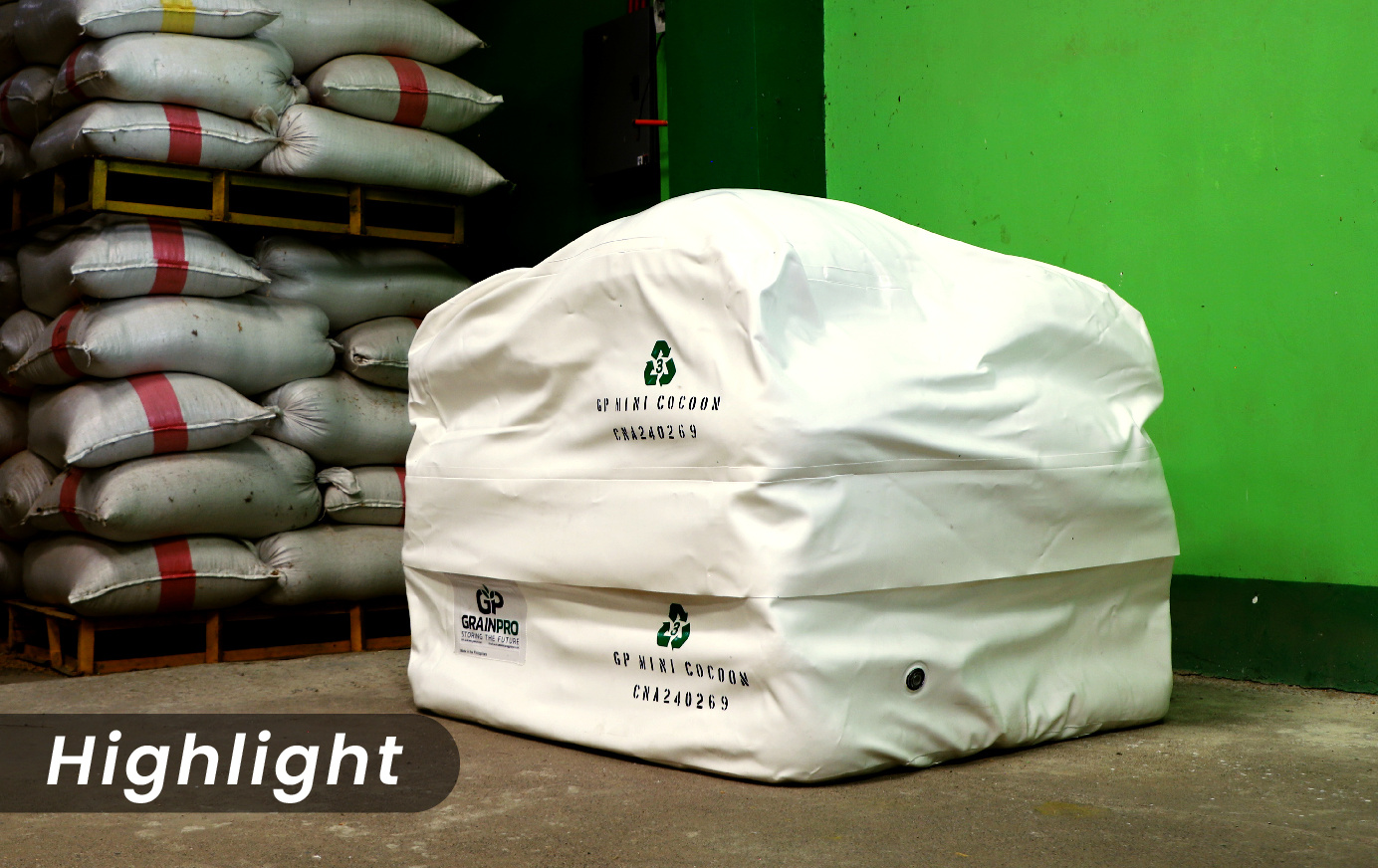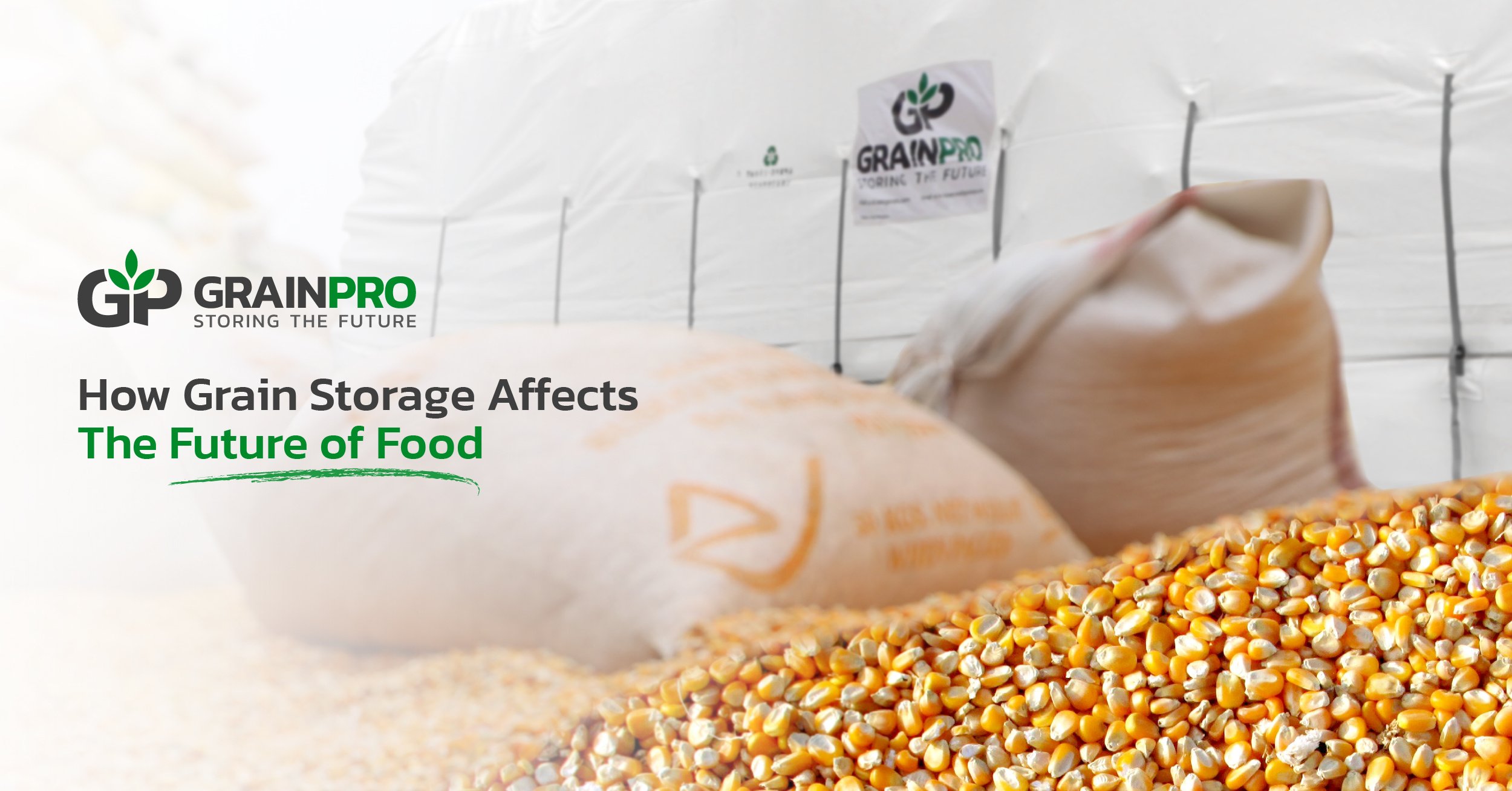Grains are important sources of complex carbohydrates, fibers, B vitamins, and minerals such as iron, magnesium, and selenium. Aside from providing us with energy, these nutrients help us maintain our bodies, improve our health, and reduce the risks of some diseases.
It is no wonder that grains are a staple component of our diets. People, on average, get around 48% of their daily food energy from grains. Furthermore, out of the 15 crops that provide 90% of the world’s food energy, 60% of the world's food consumption mainly comprises three major cereal grains: wheat, rice, and maize.
How these grains became a significant part of our daily lives is best reflected in the journey back to our history.
Grains Throughout History
One of the plants that shaped the modern world — wheat was one of the keys to the beginnings of agriculture around 12,000 years ago. Its history can be traced back to the wild Einkorn and Emmer first cultivated within the Fertile Crescent, a region of rich soils placed among the rivers of Tigris, Euphrates, and Nile. As people gained a reliable food supply from agriculture, the former hunter-gatherer lifestyle was replaced by permanent settlements that grew into civilizations.
In the Far East, rice was also domesticated around the same period with early varieties grown along the Yangtze River in China, as well as in its neighboring countries. African rice also saw growth and domestication about 3000 years ago in West Africa where it also became a staple. With this widespread cultivation, rice became an integral part of many cultures and a symbol of prosperity.
On the other side of the world, maize came to be around 7000 years ago from a wild grass called Teosinte. While the still-existing grass only produced a few smaller kernels, human cultivation created the modern maize or corn we know. Starting from Central Mexico, maize made its way across Mesoamerica and became the prized staple of its ancient civilizations.
Each region had varying staple grains mainly due to natural proximity. Yet, in general, all these grains provided reliable and abundant resources for food consumption and other utilization such as livestock feed and fuel.
Harvested grains have a long shelf-life and can be stored for later. Additionally, grains can grow in various regions, especially with similar climates and conditions. These factors contributed further to their spread across the globe.
Today, wheat is still valued as an adaptable and versatile crop that creates a wide range of foods from bread to confectionaries. Rice is the world’s most consumed food, feeding more than half of the global population. Maize, on the other hand, has the biggest numbers in production, particularly for its industrial use.
Intertwined in history, our society was not only sustained but also developed and shaped by the grains we cultivated.
How Grain Storage Affects the Future
Long-term storability is one of the main benefits of grains. This characteristic allowed people to keep excess harvest and prepare an accessible food supply even during leaner seasons.
Since ancient times, people have stored grains within clay pots and sacks. When it comes to larger storage, grain silos were discovered at Dhra, located within present-day Jordan, dating back 11,000 years ago. Underground pits, an early form of airtight storage, were also used to store dried food.
Storage systems are still relatively the same concept but have improvements to address challenges encountered during storing periods, particularly: insects, mold, and weather conditions. Insect infestations cause massive damage as these pests feed on stored grains while producing waste that affects safety and quality. Mold growth is also an unappetizing problem that leads to spoilage and health risks from harmful toxins called aflatoxins.
Weather is another major factor to consider for grain storage, especially with the increased fluctuations and severity caused by climate change. Environmental factors, in general, directly impact grains throughout food production. During post-harvest drying and storage, weather fluctuations can promote other detrimental issues while affecting humidity and reintroducing excess moisture.
Improper handling and insufficient preparation translate challenges into food losses. With the current state of food security, preventing food losses is more vital than ever as around 783 million people still face hunger.
Food security is at the heart of the second sustainable goal of the United Nations which aims for a world free of hunger. However, about 600 million people are projected to still face hunger in the upcoming years, proving the immense challenge of this goal exacerbated by more factors including the pandemic, conflicts, and growing inequalities.
As grains comprise the majority of the global diet, further improving grain storage is one of the essential steps toward achieving food security in the present and future.
Hermetic Technology: A Long-term Grain Storage Solution
Grain storage should be adaptable to present-day issues while improving sustainability and resilience for long-term security. One of the more accessible solutions is Hermetic Technology.
Learn More: Ultimate Beginner’s Guide to Post-Harvest Hermetic Technology
A simple and reliable concept, Hermetic Technology utilizes airtightness to create a modified atmosphere that blocks external factors, as well as air and moisture exchange. This atmosphere raises carbon dioxide and lowers oxygen levels through the respiration of stored commodities, naturally exterminating infestations and inhibiting mold growth.
Hermetic storage units effectively maintain the quality of dry agricultural commodities, such as grains and seeds, which remain in the same state even during extended storage periods. Furthermore, hermetic storage requires minimal to no energy and allows for chemical-free and organic preservation — providing more sustainable and cost-effective grain storage.
One great example is the Cocoon™, which can hold 5 to 300 metric tons of bagged grains. This large-scale hermetic storage utilizes flexible, airtight, and moisture-proof materials, enabling pest-free and monitorable operations. Additionally, the Cocoon™ is flood-proof below the zipper line and applies to both outdoor and indoor settings.
The Cocoon Indoor™ is an indoor-only variant with a customizable size to fit storage needs. This hermetic solution is made of lightweight materials and can hold grains stored in boxes, bags, and big boxes.
For small-scale storage, Hermetic Bags™ can be used as an inner liner for traditional jute bags and sacks that store 5 to 90 kilograms of grains. These bags are 500 times more airtight than common liners, creating an ideal inner environment for exterminating infestations.
The effectiveness of Hermetic Bags™ on rice storage was tested in a study conducted at the Bangladesh Agricultural University. The study found that the moisture content of stored rice remained the same for 5 months in Hermetic Bags™ without any observed infestations nor significant losses.
Grains are a significant part of our lives. These crops changed the course of our history, and now, are a vital key to our food security and future.
Dedicated to Storing The Future, GrainPro hopes to continuously innovate and provide post-harvest solutions that promote sustainable, climate-smart, and chemical-free storage of grains and other dry agricultural commodities — a step toward creating a foodful future for all.
Learn more about our hermetic storage solutions through the button below.
Date Published: October 1, 2024





